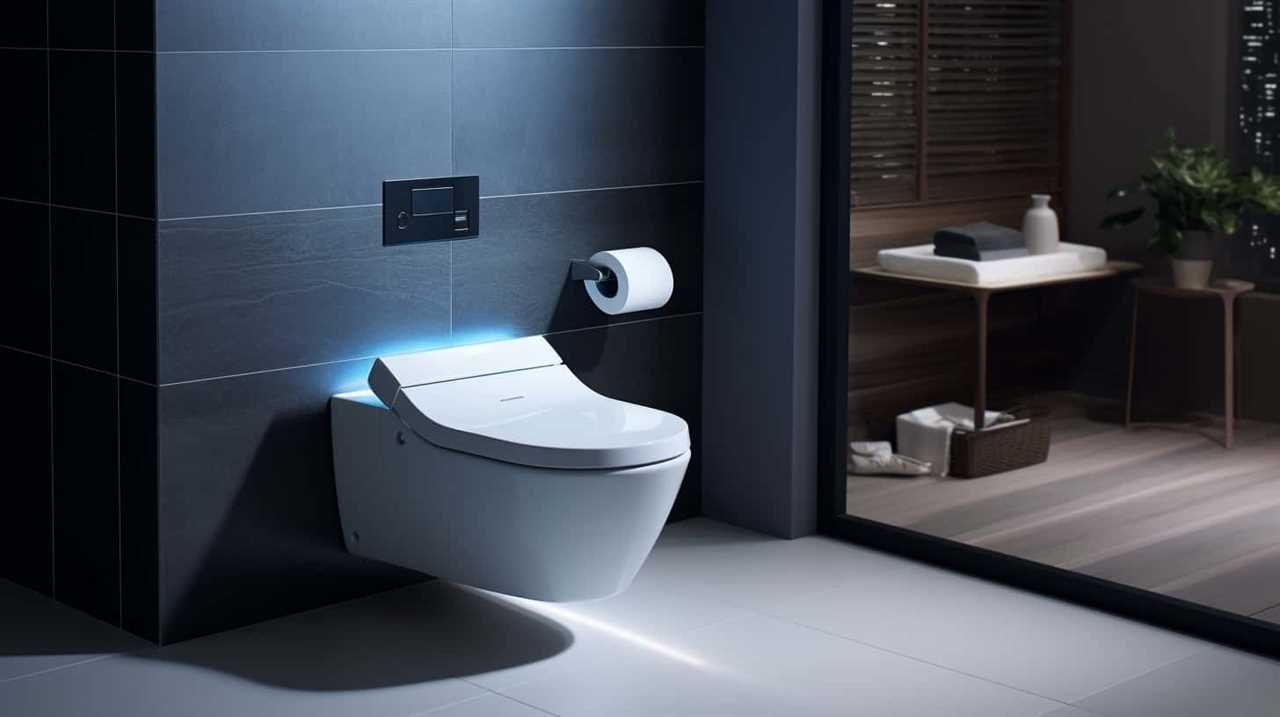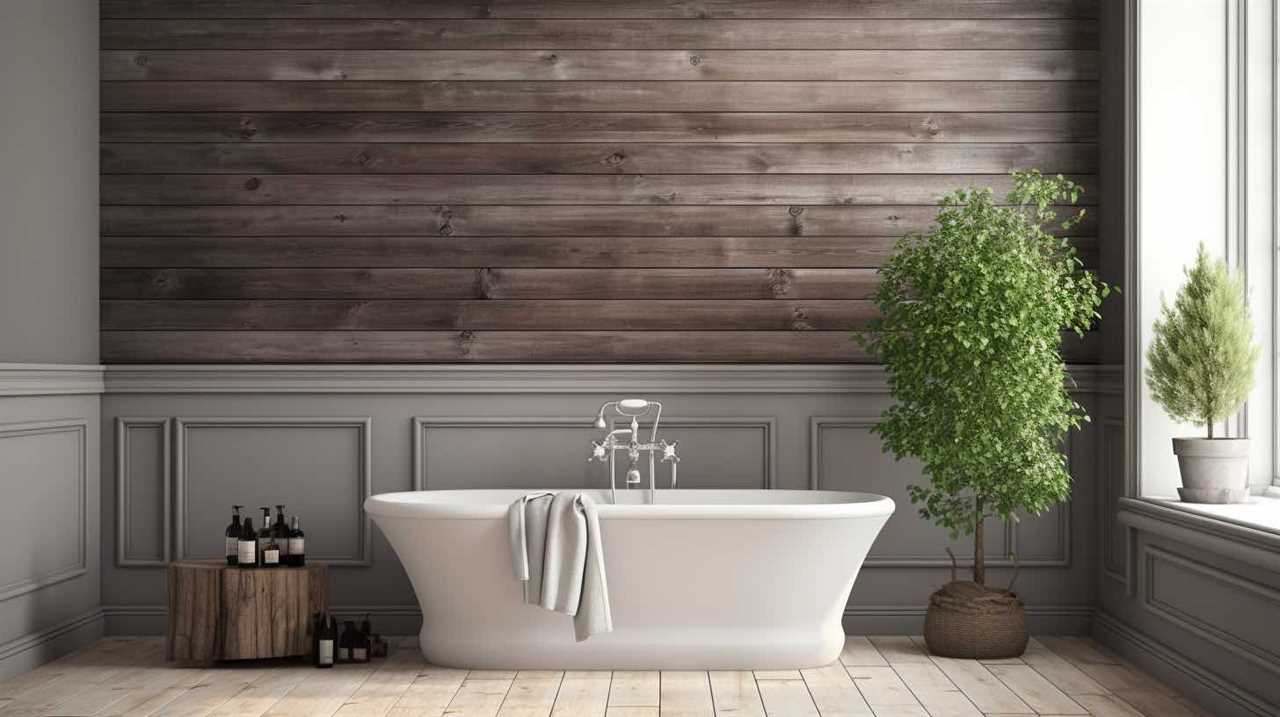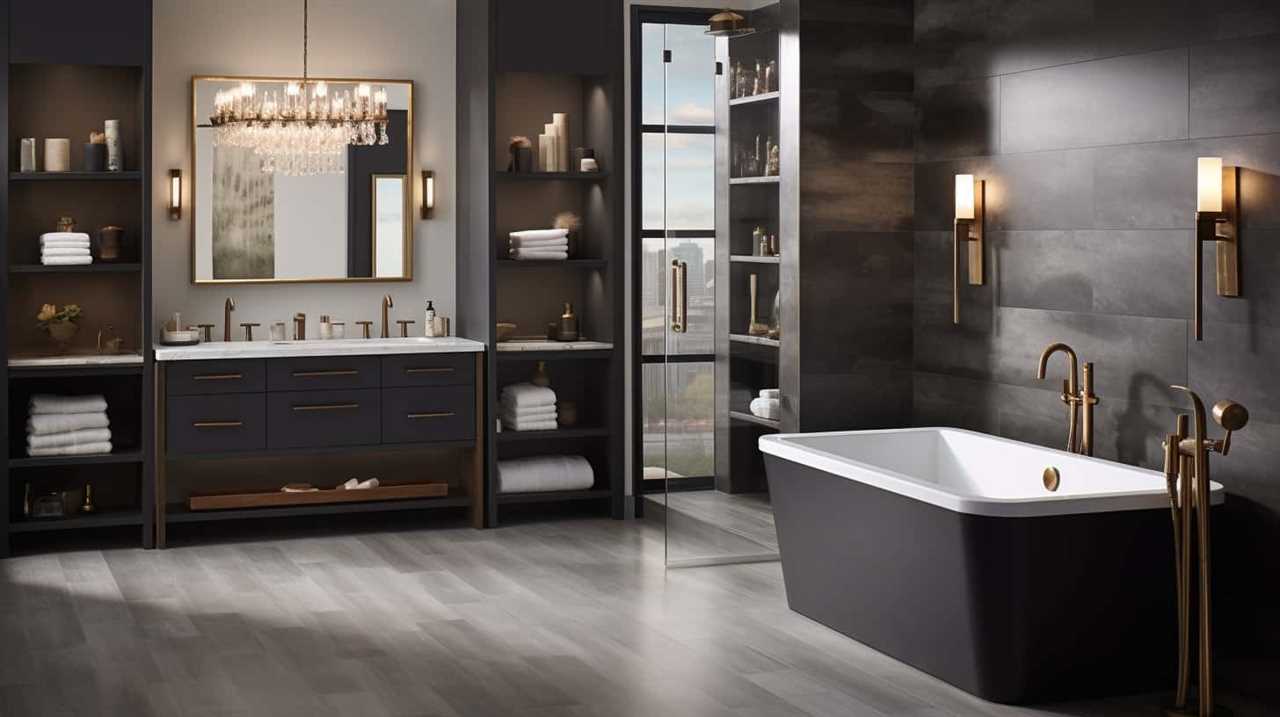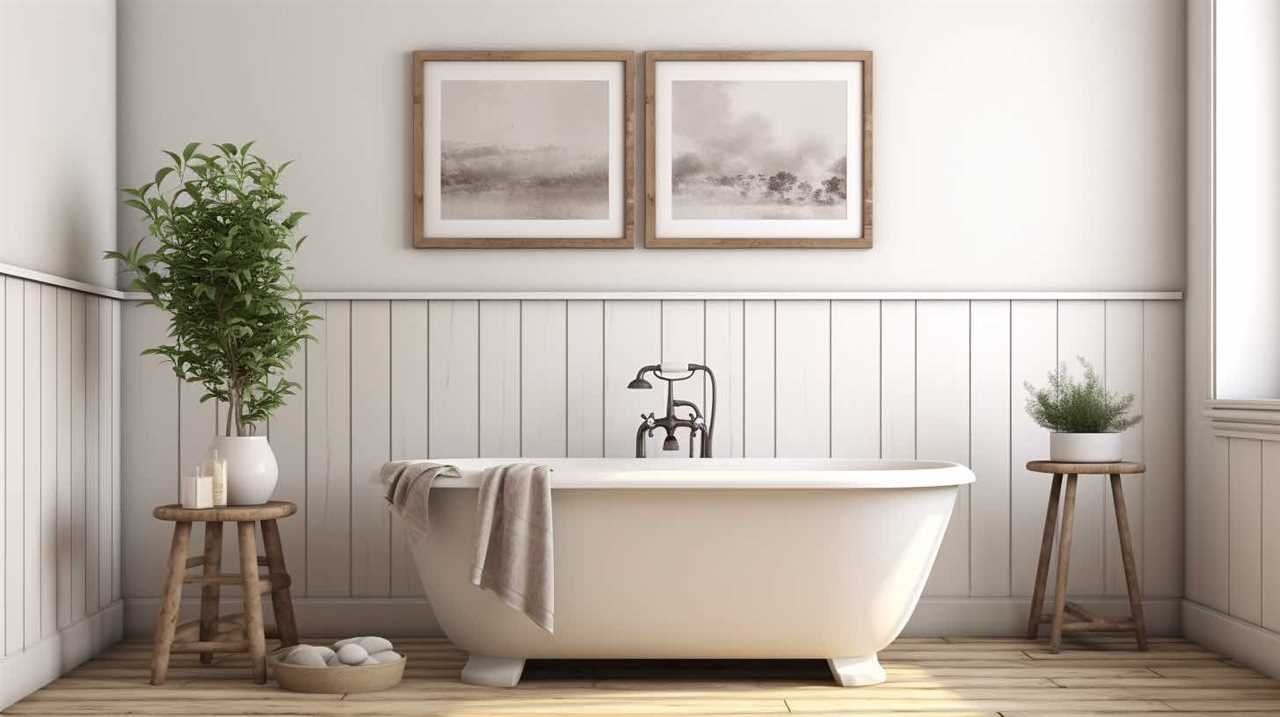Were you aware that a blocked toilet is a frequent plumbing problem that many homeowners encounter?
Well, don’t worry, because we’ve got you covered. In this article, we will explore the common causes of toilet blockages, signs to look out for, and DIY solutions to unclog your toilet.
We’ll also discuss when it’s time to call in a professional plumber and how to prevent future drainage issues.
Get ready to master the art of keeping your toilet flowing smoothly.

Key Takeaways
- Foreign objects being flushed down the toilet can cause blockages.
- Signs of a clogged toilet include slow drainage, water backing up or overflowing from the bowl, gurgling sounds when flushing, and strange odors coming from the bowl.
- DIY solutions to unclog a toilet include using a plunger, homemade drain cleaner, hot water, and a plumbing snake.
- Calling a professional plumber may be necessary if DIY solutions don’t work, water overflows onto the floor, there are persistent clogging issues, expert advice or specialized tools are needed, or for regular inspections and maintenance.
Common Causes of Toilet Blockages
One common cause of toilet blockages is foreign objects being flushed down the toilet. Toilet blockage prevention is crucial to avoid common toilet drain issues.
It’s important to educate ourselves on what can and can’t be flushed down the toilet to maintain a properly functioning drainage system.
To prevent toilet blockages, it’s essential to only flush toilet paper and human waste. Items such as wipes, sanitary products, cotton balls, and paper towels should never be flushed down the toilet, as they can easily clog the drain. Additionally, excessive toilet paper usage should be avoided to prevent blockages.
Regular maintenance is also key in preventing toilet blockages. This includes periodic inspections of the toilet and drain, identifying and addressing any potential issues before they become major problems.

Signs of a Clogged Toilet
As we continue our discussion on toilet blockages, it’s important to be aware of the signs indicating a clogged toilet. Recognizing these signs can help you address the issue promptly and prevent further damage.
One of the most common signs of a clogged toilet is slow drainage. When you flush the toilet, the water may take longer than usual to go down the drain.
Another sign is water backing up or overflowing from the bowl. This can be a clear indication that there’s a blockage preventing the water from flowing properly.
Additionally, if you notice gurgling sounds coming from the toilet when you flush or strange odors emanating from the bowl, it’s likely that there’s a clog that needs attention.

Being aware of these signs is crucial for effective toilet maintenance and timely repair. Now, let’s explore some DIY solutions to unclog a toilet.
DIY Solutions to Unclog a Toilet
Now let’s explore some DIY solutions that can help us unclog a toilet and get it draining properly.
When faced with a clogged toilet, there are a few tools and techniques we can try before calling a professional plumber.
The first tool we can use is a toilet plunger, which creates suction to dislodge the blockage. To use it effectively, place the plunger over the drain hole and push down firmly, then pull up quickly. Repeat this motion several times until the water starts to drain.

Another option is to make a homemade drain cleaner using ingredients like baking soda and vinegar. Mix equal parts of both and pour it down the toilet. Let it sit for a while, then flush with hot water. This can help break down the clog and clear the drain.
However, if these DIY solutions don’t work, it may be time to call a professional plumber who can handle more complex issues. In the next section, we’ll discuss when it’s appropriate to seek professional help.
When to Call a Professional Plumber
If our DIY solutions fail to resolve the issue, it’s advisable to contact a professional plumber for assistance with the toilet not draining. While attempting to fix a clogged toilet on your own can be cost-effective, there are certain instances that require the expertise of a plumber.
Regular toilet maintenance is crucial in preventing major clogs and drainage issues. By scheduling routine inspections, plumbers can identify and address potential problems before they escalate.

When choosing a reliable plumber, consider their qualifications, experience, and reputation. Look for certifications and licenses, as well as positive reviews from previous customers. It’s also important to inquire about their availability for emergency situations.
Preventing Future Toilet Drainage Issues
To prevent future toilet drainage issues, we can take proactive steps to ensure proper maintenance and avoid potential clogs. Regular toilet maintenance is essential for preventing blockages and keeping the drainage system running smoothly. Here are some practical tips to help you maintain your toilet and avoid clogs:
| Maintenance Tips | Avoiding Clogs |
|---|---|
| Regularly inspect the toilet | Use toilet paper in moderation |
| Check for leaks or cracks | Avoid flushing non-flushable items |
| Clean the toilet bowl regularly | Install a drain strainer |
| Use a toilet-safe drain cleaner | Teach proper toilet usage |
Frequently Asked Questions
How Can I Tell if My Toilet Is Clogged or if There Is Another Issue Causing the Drainage Problem?
If your toilet is not draining, there are signs that can help determine if it’s clogged or if there’s another issue. To troubleshoot drainage problems, check for slow flushing, water backing up, or unusual noises.
What Are Some Common Mistakes People Make When Trying to Unclog Their Toilet Themselves?
Common mistakes when unclogging toilets include using too much toilet paper, flushing non-flushable items, and not using the proper tools. To avoid toilet clogging mishaps, follow proper flushing guidelines and use a plunger or auger when necessary.

Are There Any Specific Household Items That Can Cause Toilet Blockages?
Household items like wipes, cotton balls, and feminine hygiene products can cause toilet blockages. To prevent this, only flush toilet paper and human waste. Regular maintenance, such as using a plunger or drain snake, can also help prevent blockages.
Can a Clogged Toilet Cause Any Damage to My Plumbing System?
A clogged toilet can cause damage to the plumbing system if not addressed promptly. To prevent toilet clogs, it is important to avoid flushing items that can block the drain, such as sanitary products or excessive toilet paper.
How Long Does It Usually Take for a Professional Plumber to Fix a Clogged Toilet?
Factors affecting the time a professional plumber takes to fix a clogged toilet vary. It depends on the severity of the clog, the plumber’s experience, and the availability of tools. Comparing regional averages can provide insight.
Conclusion
In conclusion, a clogged toilet can be a frustrating and inconvenient problem, but with the right knowledge and tools, it can be easily resolved. Remember to never flush items that aren’t meant to be flushed, as this is one of the leading causes of toilet blockages.

By taking preventative measures and knowing when to call a professional plumber, you can ensure a smoothly running toilet and avoid future drainage issues.
Don’t let a clogged toilet be a drain on your day, take action and keep things flowing smoothly.










